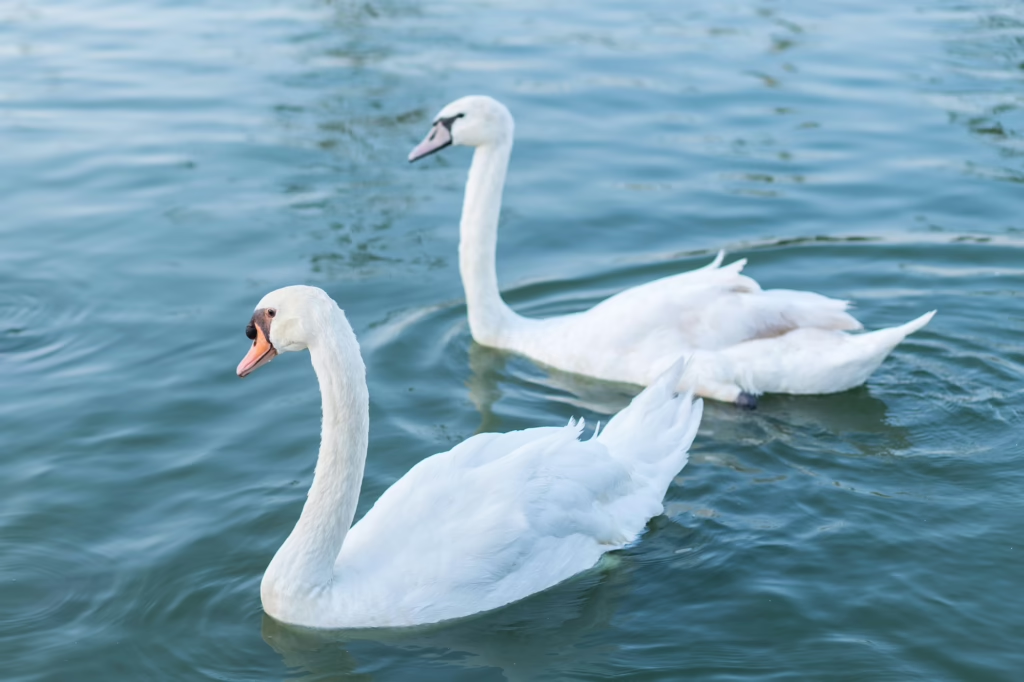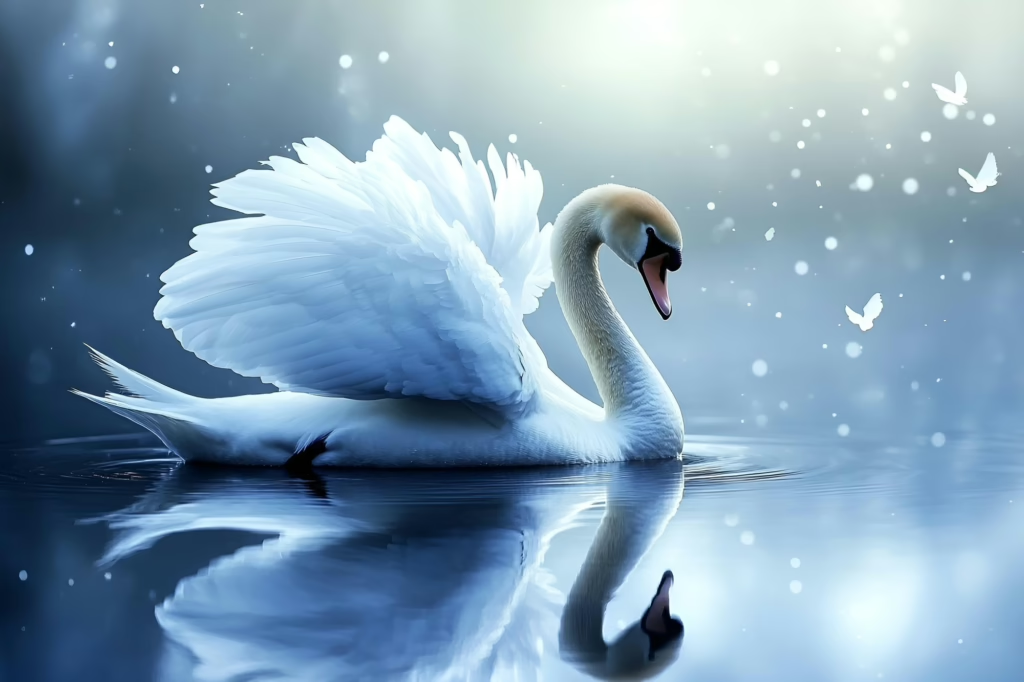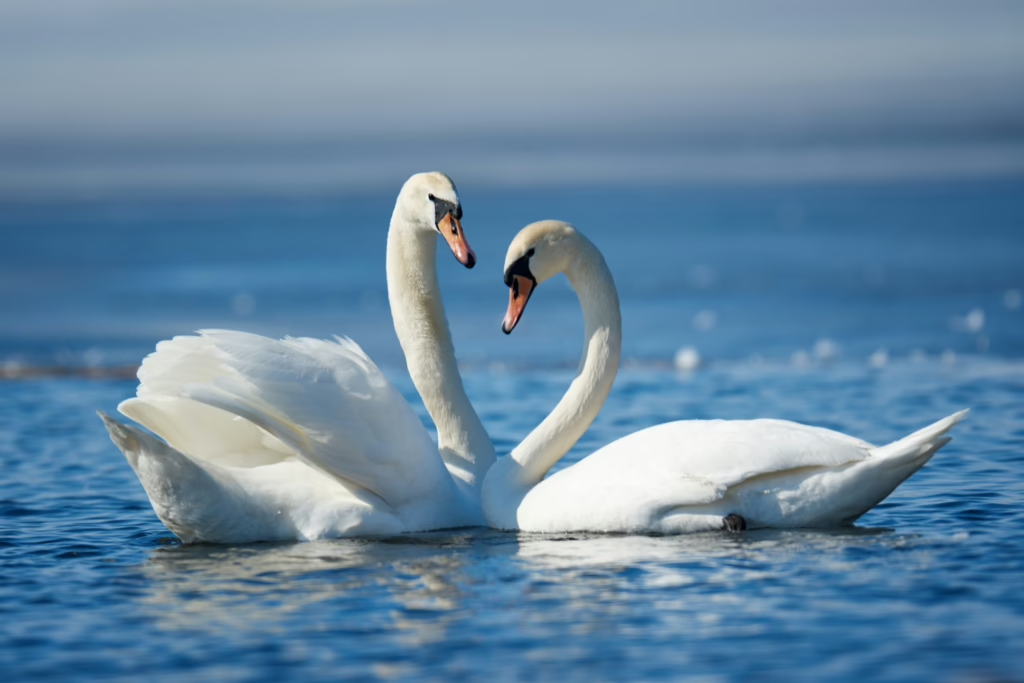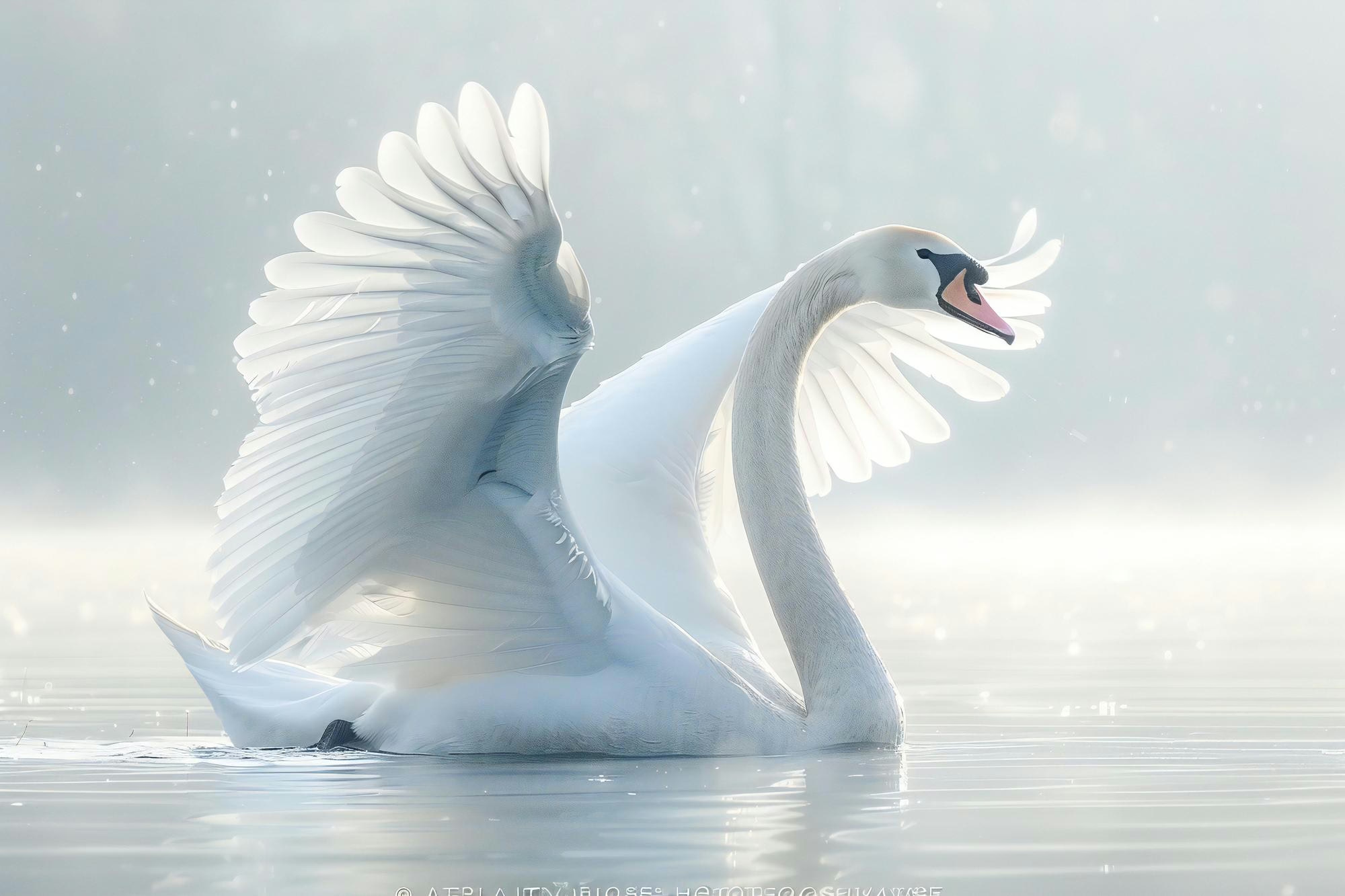“The Wild Swans at Coole” is one of the most poignant and mature lyrical poems by William Butler Yeats, composed during a reflective period of his life. It was written in 1916 and later included in a collection of the same name published in 1917. Set against the tranquil backdrop of Coole Park, the estate of Yeats’s friend and patron Lady Augusta Gregory in County Galway, Ireland, the poem presents a meditation on the themes of aging, loss, permanence, beauty, and the passage of time.

Background and Context
By the time Yeats wrote this poem, he was in his early fifties, and much had changed in his personal and political life:
- Personal Disappointments: His long and unfulfilled love for Maud Gonne, an Irish nationalist and actress, had left deep scars. He had also recently proposed to Maud’s daughter, Iseult Gonne, and been rejected. These emotional setbacks deeply informed the tone of the poem.
- National Turmoil: 1916 was also the year of the Easter Rising, a significant event in Irish history that affected Yeats profoundly. Though the poem doesn’t directly refer to the uprising, the historical backdrop lends a subtle layer of melancholy and loss.
- Literary Evolution: Yeats was transitioning from the Romantic mysticism and Celtic twilight imagery of his early poetry to a more philosophical and austere modernist style. “The Wild Swans at Coole” represents a crucial stage in this development—lyrical and romantic, yet restrained and introspective.
Setting: Coole Park
Coole Park, the setting of the poem, was a center of the Irish Literary Revival. Yeats often visited it, finding inspiration in its serene natural beauty and reflective atmosphere. The nineteenth-century parklands, the still waters, and the majestic swans together create an idyllic yet fleeting image—perfectly suited for meditation on change and mortality.
The Wild Swans: Symbolism
The fifty-nine wild swans that Yeats observes in the poem are not just ornamental birds but symbols that carry rich metaphorical weight:
- Eternal Youth and Beauty: The swans, unchanged and vibrant, represent immortal grace and vitality, standing in stark contrast to the aging, weary poet.
- Constancy vs. Change: While the swans return each year, seemingly unchanged, the speaker feels the burden of passing time and physical decline.
- Romantic and Sexual Energy: The swans are also depicted in pairs, highlighting their companionship and hinting at erotic or romantic fulfillment, which the speaker increasingly finds out of reach.

Themes Explored
- Time and Aging: The core of the poem is Yeats’s confrontation with aging and mortality. Unlike the swans, he can no longer take pleasure in the same things as he once did.
- Permanence vs. Transience: Nature seems eternal in its cycles, but human life is ephemeral. The swans’ agelessness contrasts with the poet’s physical and emotional weariness.
- Loss and Alienation: The poem exudes a quiet sorrow, reflecting emotional loss, whether personal (unrequited love) or existential (loss of youth and vitality).
- The Role of Art and Memory: Yeats suggests that although time changes all, art and poetry can preserve fleeting beauty, much like the swans that he now immortalizes in verse.
Form and Structure
“The Wild Swans at Coole” consists of five stanzas, each with six lines (sestets), written in iambic pentameter, employing a regular ABCBDB rhyme scheme. The form is elegant and restrained, mirroring the contemplative mood of the poem.
Yeats’s use of simple diction, balanced syntax, and musical rhythm lend the poem a timeless grace. His images—“The trees are in their autumn beauty,” “the bell-beat of their wings above my head”—are vivid and haunting.
Tone and Mood
The tone of the poem is reflective, melancholic, and serene. There’s a profound emotional stillness throughout, intensified by the quiet beauty of the natural setting. Unlike his earlier works filled with myth and dramatic flair, here Yeats speaks in a voice that is personal, vulnerable, and wise.

Conclusion: The Lasting Legacy
“The Wild Swans at Coole” is often considered one of Yeats’s most introspective and autobiographical works. It marks a turning point in his career as he grapples with the themes of aging and impermanence not through myth or history but through personal reflection. The poem continues to resonate because of its universal concern with time, beauty, and longing, expressed in language that is both elegant and emotionally stirring.
It is a luminous example of Yeats’s mastery—a blending of natural imagery, emotional honesty, and philosophical depth, making it a key piece in understanding the later poetry of one of the greatest poets of the 20th century.

